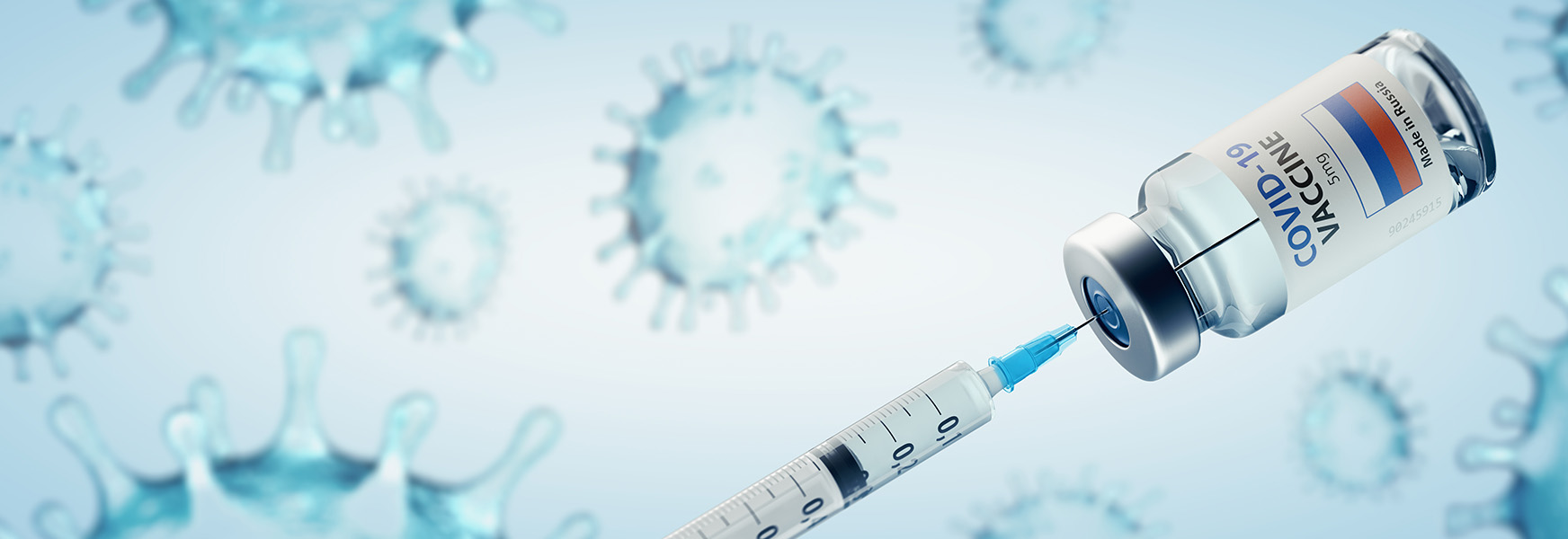Don’t Shoot (Down) The Messenger (RNA Vaccines)

You don’t have to search far on the internet to find some interesting conspiracy theories about COVID-19 vaccines.
For instance, the misbelief that the vaccine is really “an injection of graphene oxide that connects you to the iCloud” or another theory purporting the vaccine “causes you to become magnetized so you can hang spoons on your body”!
It seems there’s no end to the realm of misinformation surrounding COVID-19 vaccines, particularly the two made with messenger RNA, namely Pfizer-BioNTech’s COMIRNATY and Moderna’s Spikevax.
Perhaps the doubt, fear, and apprehension related to COVID-19 vaccination stems from a lack of understanding about messenger RNA (mRNA) and other ingredients used in the vaccine manufacturing process. Well, here’s a jab at a straightforward explanation of mRNA and other vaccine ingredients. (Oh, and with this attempt please don’t shoot the messenger.)
Present in all human cells, messenger RNA (ribonucleic acid) is a copy of a specific region of DNA (deoxyribonucleic acid) that has undergone chemical and functional change in order to direct the synthesis of proteins in a cell’s cytoplasm outside of the cell nucleus. Messenger RNA works in concert with a partner molecule, transfer RNA (tRNA), with mRNA’s message read by another cell structure, the ribosome, to assemble the amino acid building blocks into the specified protein.
Interestingly, messenger RNA was first discovered in 1961 and has been used in cancer treatment since 2009. Regarding COVID-19 vaccines, molecular biologists have engineered mRNA to code the formation of the spike protein found on the surface of the coronavirus, thus enabling specialized immune cells to produce antibodies against the virus. These immune cells can recognize the SARS-CoV-2 virus from its spike protein to then mount an adaptive immune response against the virus.
Lipids, which are fats found naturally in the body, are used to encapsulate the mRNA. The lipid layer helps to protect the mRNA from degradation and facilitates the molecule’s entry through the cell membrane, which also contains lipids. Plant-derived cholesterol is one example, among others, of a lipid used in the mRNA vaccine. It’s important to note that once the vaccine’s mRNA is conveyed into the cell, it doesn’t enter the cell nucleus and therefore does not disrupt nuclear DNA.
Sugar (sucrose) and acid stabilizers are used to stabilize the vaccine molecules through the process of manufacturing, cold storage, and shipment, right up to the point of injection. The acid stabilizers are organic compounds that act as a buffer to keep the pH (acidity/basicity) at a near constant value. For example, the pH of human blood is between 7.35 to 7.45, while the normal pH of human skin lies within a range of 5.4-5.9.
And there you have it - the key types of ingredients found in mRNA COVID vaccines. It’s also important to note these vaccines do not contain animal tissue (fetal or otherwise), antibiotics, food proteins (egg, nut, or otherwise), latex, medications, metals, preservatives, or viral fragments.
The biological advantages of mRNA vaccines include being non-infectious (that is, not constructed from active or attenuated viral particles) and stimulation of both cellular immunity (mainly T cells) and humoral immunity (primarily macrophages and B cells).
The vaccines can also be manufactured quickly, economically, and with high efficacy rates around 90-95 percent.
Gradually, the diminishing effectiveness of the vaccine in the body requires a booster to build up a stronger defense. Additionally, mRNA vaccines can be tweaked to account for the natural mutation of the coronavirus’s spike protein.
Certainly, with the studied safety and efficacy of mRNA COVID-19 vaccines, the benefits outweigh the risks. It is certainly better to get the “jab” than rely on the unproven, ineffective, and potentially dangerous remedies that might be found on social media such as livestock medication, colloidal silver, fish tank cleaner, or urine.
Your health care provider can supply individual recommendations and are a reliable source for further information.
As always, more safety and health information is available for MEMIC policyholders at MEMIC Workplace Safety.
Additionally, up to date information on COVID-19 vaccines is available on the CDC COVID-19 Homepage.
In the news this month, OSHA extended it’s National Emphasis Program to protect workers from COVID-19. This impacts both healthcare and non-healthcare industries where exposure to the virus is high. As part of an infectious disease program, a comprehensive vaccination plan may be the best way to reduce vulnerability to both COVID-19 and OSHA fines.
Previous COVID-19 MEMIC blogs:
- The COVID-19 pandemic-There is a Story to Tell
- OSHA Updates COVID-19 Recommendations
- Is This Virus Outsmarting Us?
- COVID-19 Vaccines
- COVID-19: Addressing Vaccination Hesitancy
- Employers are a Trusted Source for Vaccination Guidance

